Interview with Pekka Pamilo
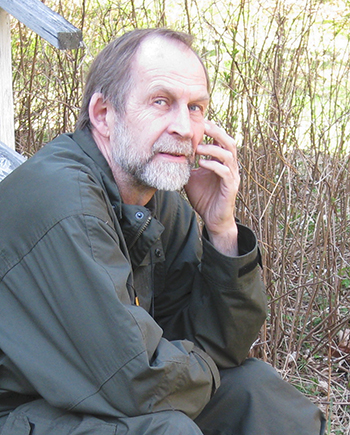
Pekka Pamilo is a former professor of genetics at the University of Helsinki. During his active years, he contributed numerous publications on, among others, population genetics, conservation genetics, social evolution, and the molecular evolution of the Formica rufa group. In this interview, we talk about his early career, his fascination with polydomy, and frustratingly hairy hippie ants.
An Interview compiled by Alice Laciny
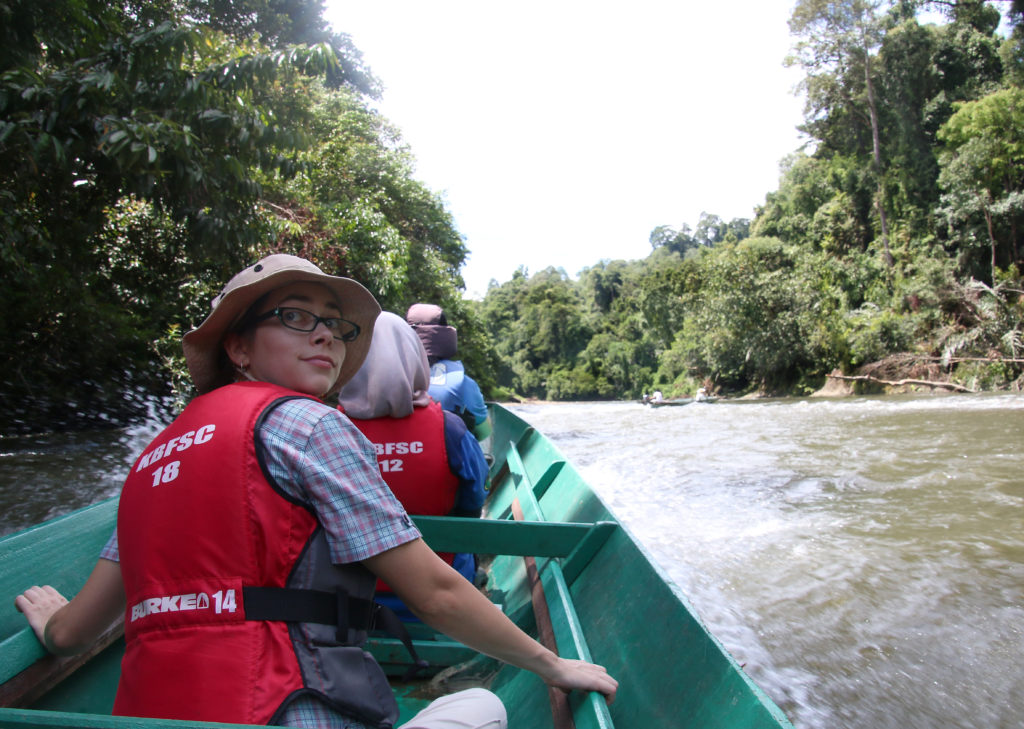
MNB: To start, could you tell us a bit about the main topics of your research?
PP: My research has been in the area of population genetics and shifted later towards molecular evolution. One third of the Finnish ant species belong to the genus Formica, so it’s no wonder that this genus has been the main target of my studies.
MNB: What was your research like when you started working on ants?
PP: When starting a project for my master’s thesis in 1974, I was asked to study if genetic tools – at that time it meant allozyme variation – can be used to solve taxonomic problems of mound-building wood ants, the so-called Formica rufa group. That turned out to be difficult; so I shifted to study the maintenance of genetic variation in haplodiploid organisms. Maintenance of genetic variation in natural populations was a hot topic in the 1970’s with strong schools of neutralism and selectionism. The project led to both theoretical and empirical studies including ants, bees, and wasps. And most importantly, it led to correspondence with Ross Crozier, who had studied similar questions. We decided to collaborate and I managed to get a scholarship to spend a year in his lab in Sydney in 1978. However, I first had to finish my master’s thesis. The last piece I added to the thesis was an attempt to use genetic data to estimate the numbers of patrilines and matrilines in the colonies of Formica sanguinea. As no statistical methods existed for that, I simulated distributions of different colony types by assuming that the numbers of matrilines and patrilines followed a Poisson distribution, and compared the results with the empirical genotype data. That was a bit tedious but gave reasonable results. The year with Ross then finally gave a new direction to my work. I went to Sydney in order to complete our collaborative work on the effects of haplodiploidy on genetic variation and to run enzyme electrophoresis with Rhytidoponera ants for a phylogenetic project, and ended up developing methods to estimate genetic relatedness with Ross. Back in Finland, in early 1979, I started to work on my PhD thesis with relatedness studies having a central role in it.
MNB: Did anyone or anything in particular inspire you to pursue a career in myrmecology?
PP: As a population geneticist, my interest has always been to understand how we can infer the history of populations and individuals from genetic data. With this in mind, ants are interesting because they have clearly hierarchical population structures. Populations consist of colonies that may include several nests with varying numbers of matrilines and patrilines.
I was lucky to have two marvelous supervisors, Ross Crozier from Sydney and Rainer Rosengren from Helsinki. Ross was an evolutionary geneticist, so we shared similar interests and continued to collaborate throughout our careers. Rainer had already been influential during my master’s work and taught me a lot about the life of ants. We started a very fruitful collaboration and established a joint research group in Helsinki.
Another source of inspiration for me was Wilson’s The insect societies,in which he emphasizes the point that there are many pairs of sibling species characterized by such differences. I do not have the book any more as I donated my books to younger colleagues, but I think it was on page 457. In Formica ants, such differences characterize some pairs of related species but also populations of a single species as intraspecific social variation. That also leads to questions in population dynamics and to the need to better combine the theories of social evolution and evolution of life histories.
MNB: Are you still doing ant research now?
PP: I retired six years ago and am no longer active in research. I try not to disturb active researchers too much because my knowledge and ideas represent the past. But some of the material I have or populations I know can still be useful. If so, that is fine.
MNB: What are the main differences regarding research when you started as a myrmecologist compared with today?
PP: Two things come to my mind. When I first attended an IUSSI congress in 1977, there were only two presentations touching genetics. Dorothea Brückner presented results on inbreeding in honeybees, and I had used genetic markers (allozymes) for taxonomic purposes. Today, it is impossible to imagine a congress without genetics and genomics.
Another change concerns the nature of research projects. Earlier, many researchers worked alone and papers were often single-authored. Today, teamwork is common, and that is good. It is simply necessary to combine the expertise from different disciplines in order to solve many questions. And it is also a logistic question as good studies often require large amounts of data. But the main advantage of team work is the exchange of ideas within a research group and between groups. This can lead to new and unexpected approaches and solutions.
MNB: What would you do differently if you could start all over again? Would you become anything other than a myrmecologist?
PP: Well, I am not sure if I consider myself a myrmecologist. As said earlier, I am in the first place a population geneticist. In fact, I have twice stopped working with ants. First, when I had a postdoc year with Masatoshi Nei and Wen-Hsiung Li in Texas, working with molecular evolution. The second time was when I moved to a position in conservation biology in Uppsala. At these times, I had periods with no ant
MNB: That’s good to hear! And what do you think will be important topics in ant research in the next ten years?
PP: It is hard to see where ant research is moving next. There are several different areas where we can expect interesting findings. Genome-wide studies have quickly moved from sequencing to gene expression analyses. These will certainly shed light on some aspects of social behaviour, but the old truth holds: While new findings provide some answers, at the same time they seem to raise a larger number of new questions.
MNB: Were there any big obstacles you had to overcome during you career?
PP: There was one problem at the very beginning when I started with enzyme electrophoresis. I quickly realized that the abdomens of worker ants needed to be removed before squeezing the ants, as the formic acid is a strong acid and destroys all enzyme functions. As the summer in Finland is relatively short and the winter is long, I used the long summer days to collect and freeze ants, which I could then study in the lab during the winter months. But I had not thought that when handling a worker ant, it sprays so much formic acid that the thorax will be covered with it and that is enough to destroy the enzymes. So, I could not use the ants I had collected in my first study year and had to wait for the next summer, and I also went to work part-time in administration for a couple of years.
MNB: And do you have any especially interesting stories about your research? Something funny, irritating or scary?
PP: I have something that first irritated, then became a challenge, and is now seen as funny! I started my master’s project in 1974 by using allozymes to shed light on the taxonomy of the Formica rufa species group. I worked at the field station of Helsinki University with many ant mounds on small islands. The first day I found a mound, sampled it enthusiastically, and called it nest number one. The ants clearly seemed to belong to the F.
The nests on the
But in 1974, as a young master’s student, I found the project with all these problems somewhat irritating, even though I understood that it offered an interesting challenge. Allozymes simply did not have the power to deal with these challenges. We later used DNA techniques to explore the taxonomy and phylogeny of this species group also with Niclas Gyllenstrand, Anna Goropashnaya, and Perttu Seppä.
Concerning the same species group, Daniel Cherix had a large international project in the 1980’s studying a large supercolony of F.
Even though taxonomy of this species group is difficult, I have always enjoyed working with it, because it deals with the shifts between monogyny and polygyny and between monodomy and polydomy, and offers unique possibilities to examine genetics and genomics of speciation!

MNB: Wow, Formica taxonomy sure is complicated! And what did you enjoy most about ant research?
PP: It is hard to say what I enjoyed most in research itself, but most enjoyable has been to see that today we have a very strong tradition of ant research focusing in evolutionary questions in Finland.
MNB: Onto a slightly different topic. The higher the career level, the fewer women, also in ant research – what do you think will be most important for achieving gender equality in this respect?
PP: The problem has existed as long as I can remember, and I do not have any magic solution to offer. Within one’s own research group, one can try to support all the students equally, hoping that they will also have equal opportunities in the future.
MNB: Did your lab have any students or postdocs with kids?
PP: Some of my students already had children when they started in the group, many more had children during their thesis projects. This has never been an issue. The only practical thing has been to check that the financers allow the necessary changes in the budget. But this has never caused a problem.
MNB: Do you have any suggestion for young people just starting in myrmecology?
PP: Transitions from monogyny to polygyny and from monodomy to polydomy and to supercolonies offer interesting challenges!
MNB: What is the one thing you wish everyone knew about ants?
PP: That they are mainly useful organisms.
MNB: Do you have a favorite myrmecological phenomenon?
PP: Shifts to polygyny and polydomy, and finally to supercolonies, have puzzled and fascinated me since my undergraduate years.
MNB: What question are you asked most often when people hear you work with ants?
PP: Do the studies have any practical significance?
MNB: How do you protect your kitchen against ants?
PP: This is no big problem in Finland.
MNB: What’s the book on your bedside table?
PP: Currently two books. A collection of short stories by Tove Jansson, best known for her Moomin cartoons, but she has also written many books for adults. The other one is a book with texts by Seneca, recently translated into Finnish.
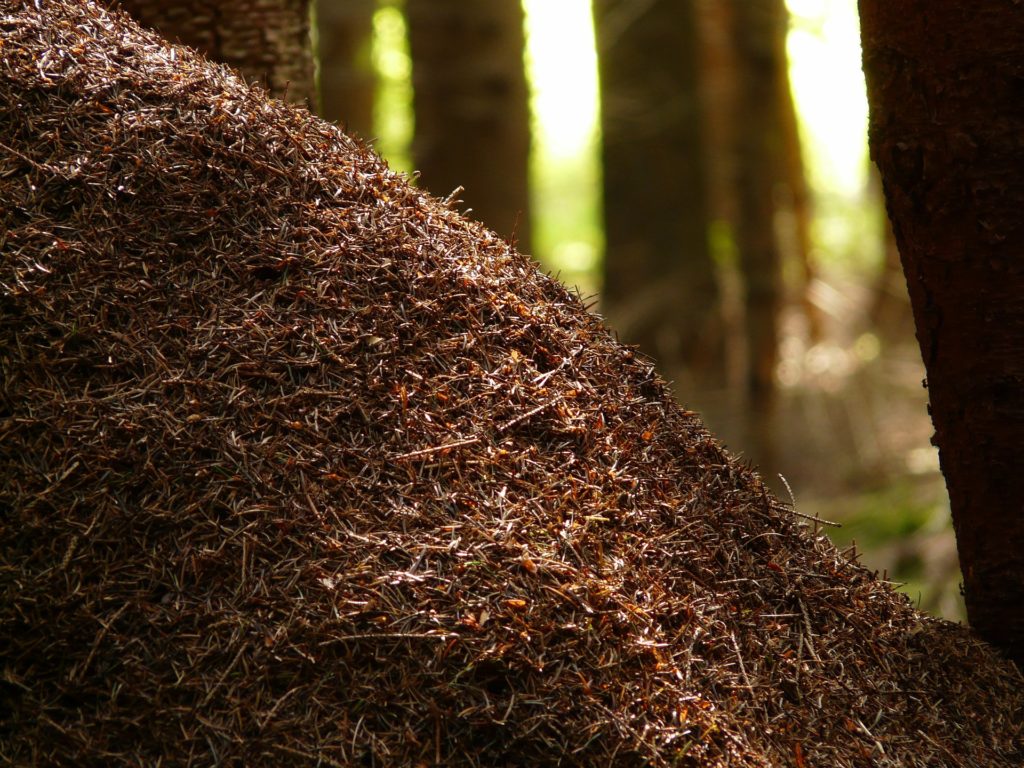
MNB: Watching or doing sports?
PP: Doing, modestly.
MNB: Listening to or making music?
PP: Listening, quite a lot.
MNB: Evening or morning?
PP: Evening has always been the best time to work.
MNB: Tea or coffee?
PP: Coffee.
MNB: Sugar or sweetener?
PP: Neither.
MNB: Cooking yourself or eating what someone else cooked?
PP: Little of both, mainly enjoying what others have cooked.
MNB: Habit or change?
PP: Change – that is evolution!
MNB: Aspirator or forceps?
PP: Forceps, but I have collected all ants with my fingers.
MNB: Nest densities or pitfall traps?
PP: Nest densities.
MNB: Field or lab?
PP: A tricky question. I prefer it in the field, but all my studies were done in the lab. Earlier by myself, later by others while I sat by a computer.
MNB: Pin or ethanol?
PP: Ethanol.
MNB: Paper reprint or pdf?
PP: Paper.
MNB: Open access or subscription journals?
PP: In 1975, Leigh Van Valen wrote an editorial in the journal Evolutionary Theory, listing reasons why to boycott some journals. One reason was high page charges that prevented many authors from publishing in them. But I guess open access has come to stay even though it runs against that principle.
MNB: Kin selection or group selection?
PP: Kin selection.
MNB: Monodomy or supercoloniality?
PP: Supercoloniality is certainly more challenging and interesting.
MNB: Worker or queen?
PP: Worker.
MNB: … and if in another life you would be an ant, what ant would that be?
PP: We do not have many ant species in Finland. My
MNB: Thank you very much for this great interview!


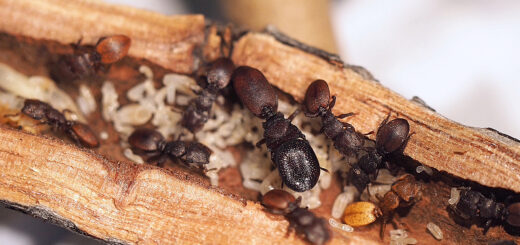
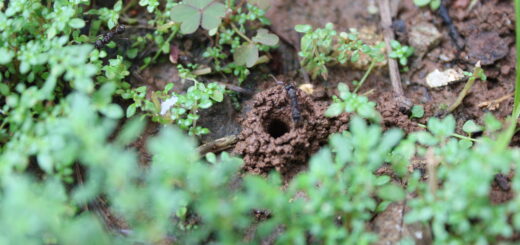

Recent Comments